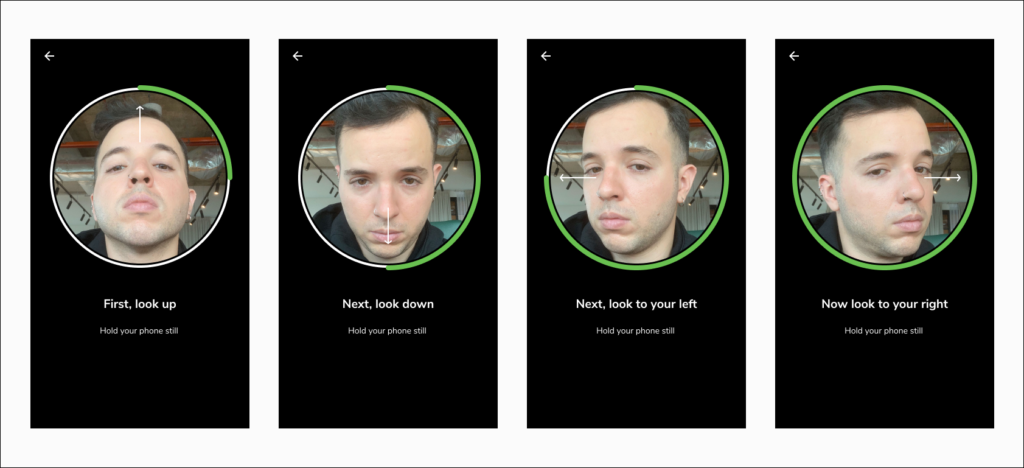While US hospitals have widely adopted Electronic Health Records, staff scheduling and time tracking remain mostly manual, according to the Harvard Business Review. In a fast-paced environment, like healthcare, better time tracking can greatly improve operations and patient care. It helps allocate resources accurately, boosts staff productivity, improves patient flow, and reduces waiting times, enhancing the patient experience. This article explores seven essential time tracking best practices for US hospitals to optimize operations and prioritize patient well-being.
7 Time Tracking Best Practices in US Hospitals
- Tip 1: Take an Inventory of Your Time
- Tip 2: Select the Right Time Tracking Software
- Tip 3: Establish Clear Time Tracking Policies and Procedures
- Tip 4: Streamline Time Tracking Processes
- Tip 5: Ensure Compliance with Labor Laws and Regulations
- Tip 6: Leverage Data Analytics for Insights and Decision-Making
- Tip 7: Embrace Continuous Improvement and Learning
Final Thoughts: The 7 Essential Time Tracking Best Practices for US Hospitals
Tip 1. Take an Inventory of Your Time
Keeping track of everyone’s time is a challenge. Hospitals in the United States often have legacy practices in place that may not make sense now. You have a diverse set of employees who do a wide variety of projects and tasks. Define the types of time you need to keep track of, starting with each hospital department, then is subdivide by job role, by projects and finally by tasks. Some employees will be hourly, some salaried and all of the vacation and time off rules and approval systems have to be accounted for. Making a comparison of the system you are using and a proper inventory of what you need will help you make better decisions on making improvements.
Tip 2. Select the Right Time Tracking Software
Selecting the right healthcare time tracking software is crucial for hospitals aiming to optimize efficiency. By choosing software that aligns with their unique needs, hospitals can enjoy features such as user-friendly interfaces, customizable reporting, seamless integration, and robust data security. The right software empowers hospitals to streamline time tracking processes and ensure accurate data capture.
Tip 3. Establish Clear Time Tracking Policies and Procedures
The truth is In order for us to appropriately care for others, we have to care for ourselves first. There should be systems set in place by our institutions and programs for these very things. From “Time Management and Staying Sane in Residency,” by Mike Natter, MD
Clear policies and procedures provide a solid foundation for effective time tracking in hospitals. By establishing guidelines for documenting time entries, break policies, overtime tracking, and time-off requests, hospitals can foster consistency, transparency, and compliance. Clear policies enable staff to manage their time effectively, contributing to improved overall efficiency and reduce the chances of burnout.
Tip 4. Streamline Time Tracking Processes
Streamlining time tracking processes is essential to reduce administrative burdens and improve efficiency. Hospitals can explore options such as geofencing and facial recognition systems to simplify and expedite time tracking. By implementing streamlined processes, hospitals can minimize errors, save time, and optimize staff productivity.
Tip 5. Ensure Compliance with Labor Laws and Regulations
Hospitals have 629 regulatory requirements and in the area of time tracking, automation could significantly reduce the paperwork burden hospital administrators are experiencing. Compliance with the Fair Labor Standards Act (FLSA) and other regulatory bodies is paramount for hospitals. Accurate record-keeping, adherence to overtime rules, and staying updated on labor law changes are essential to mitigate risks. By ensuring compliance, hospitals protect their staff and maintain a fair and ethical work environment.
Tip 6. Leverage Data Analytics for Insights and Decision-Making
Data analytics plays a crucial role in improving time tracking practices in hospitals. By analyzing time tracking data, hospitals can gain insights into resource utilization, identify areas for improvement, and make informed decisions. Data-driven insights enable hospitals to optimize staffing, streamline workflows, and enhance patient care outcomes.
Tip 7. Embrace Continuous Improvement and Learning
Continuous improvement is a fundamental aspect of effective time tracking in hospitals. By fostering a culture of learning and embracing opportunities for growth, hospitals can continually enhance their time tracking practices. Regular evaluations, feedback loops, and open communication channels contribute to ongoing improvements and ensure that hospitals remain at the forefront of efficiency and patient care.
Final thoughts: The 7 Essential Time Tracking Best Practices for US Hospitals
Improving time tracking practices in US hospitals is a vital step towards optimizing operations and enhancing patient care. By recognizing the benefits of effective time tracking, selecting the right software, establishing clear policies, streamlining processes, ensuring compliance, leveraging data analytics, and embracing continuous improvement, hospitals can create an environment of efficiency and excellence. Time tracking is a vital practice that can create an environment of efficiency and excellence for both hospital staff and the patients they serve.




